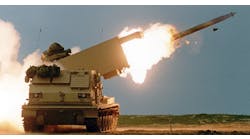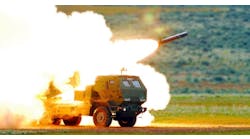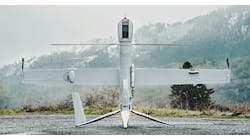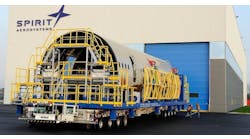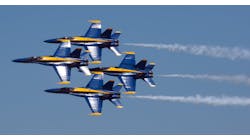Boeing reported success with its first "suite" of synchronized unmanned aerial vehicle (UAV) flight tests, completed recently in Australia, using new on-board autonomous command and control technology. As summarized by the aerospace OEM, the on-board command and control system “automatically perceives, processes, and reacts in coordination with other unmanned vehicles."
The tests involved five UAV test beds outfitted with Boeing’s new on-board system safely, which together completed in-air programmed missions with no input from a human pilot.
The aerospace OEM has a various UAV (or “drone) technologies in development, including the MQ-25 unveiled late in 2017; an electric, vertical takeoff -takeoff-and-landing (eVTOL) cargo air vehicle (CAV) prototype, for payloads up to 500 lbs.; and ScanEagle, an autonomous UAV, developed and built by Boeing subsidiary Insitu Inc., and based on a miniature robotic aircraft developed for the commercial fishing industry. Boeing recently committed to develop the Boeing Aerospace & Autonomy Center at the Massachusetts Institute of Technology, under the aegis of the new Boeing NeXt R&D-focused subsidiary.
According to Boeing, the synchronized flight test followed the establishment of its largest company’s largest international autonomous systems development program, in Queensland, Australia, last February.
“What we’ve created here in Australia has the potential to transform the use of unmanned vehicles for civil, commercial, and defense applications – whether that be in the air, on the ground or out at sea,” according to Shane Arnott, director of Boeing Phantom Works International.
“By safely teaming unmanned systems with human operated systems, we keep people away from dull, dirty, and dangerous tasks so they can focus on activities that machines can’t or shouldn’t do,” Arnott added.

